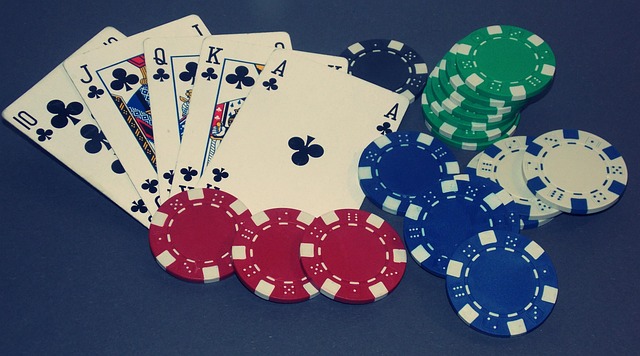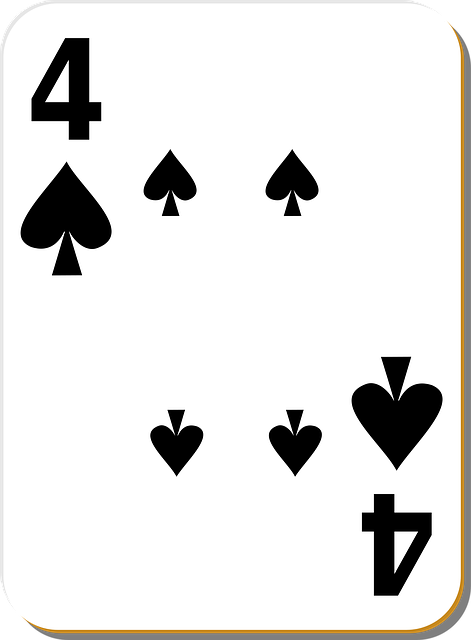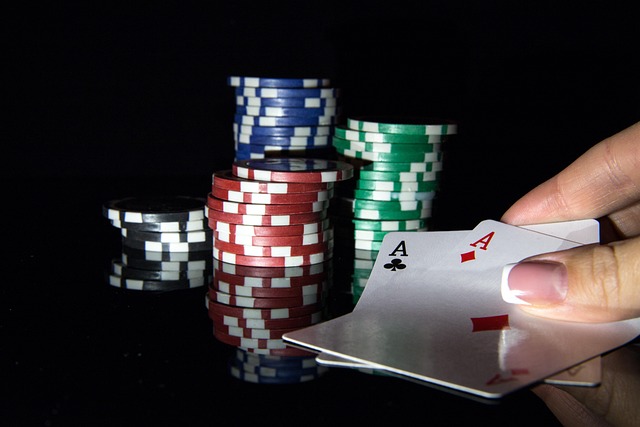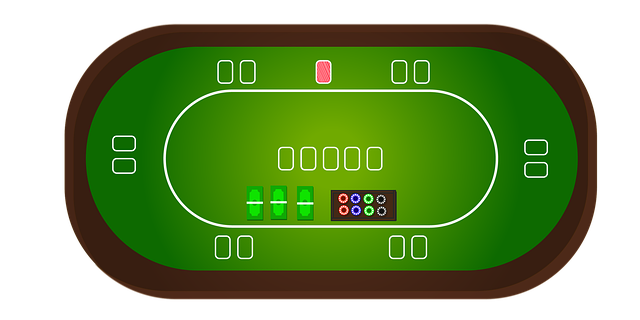The "Poker Room Rake" is a fee charged by online and live poker rooms to cover costs and fund prize pools, varying based on game type, table limits, and player volume. Understanding these structures is crucial for maximizing returns. Players should research rake models to make informed decisions about where to play, while operators need to balance rakes to maintain a healthy Poker Rooms ecosystem. This section explores strategies for minimizing and maximizing rake, impacting players' profitability and Poker Rooms' revenue. Key tactics include selecting rooms with lower rates, leveraging promotions, adopting strategic play, and participating in high-stakes games.
“In the dynamic world of poker, understanding the intricate details of a poker room rake is key to success. This comprehensive guide delves into the complexities of this often-overlooked aspect, offering a detailed overview for both players and operators. We explore how the rake influences game dynamics, revenue generation, and player retention in various poker rooms. Furthermore, discover practical strategies to navigate and optimize your experience, ensuring you make the most of every hand while contributing to a healthy poker ecosystem.”
- Understanding Poker Room Rake: A Comprehensive Overview
- How Poker Room Rake Affects Players and Operators
- Strategies to Minimize and Maximize Poker Room Rake
Understanding Poker Room Rake: A Comprehensive Overview

The term “Poker Room Rake” refers to the fee charged by online and live poker rooms for hosting games. This fee, often expressed as a percentage of each hand’s worth or based on a fixed structure, serves multiple purposes within the poker ecosystem. For one, it helps offset the costs of running and maintaining the platform, including software development, server maintenance, and customer support. Additionally, rakes fund the prize pools in tournaments and provide revenue for hosting live events.
Understanding rake structures is crucial when playing poker. Different rooms implement various models, with some charging a flat fee per hand or round, while others employ more dynamic systems based on game type, table limits, and player volume. Players should familiarize themselves with these structures to maximize their returns. For instance, No-Limit Texas Hold’em games might have higher rakes than fixed-limit variants, reflecting the faster pace and potentially larger pots of the former. Knowing these nuances can help players make informed decisions about where to play, ensuring they get the best value for their time and money across various Poker Rooms.
How Poker Room Rake Affects Players and Operators

The Poker Room Rake, often referred to as the house edge or commission, is a significant factor that influences both players and operators in the dynamic world of poker rooms. For players, it represents the cost of participating in a game, with higher rakes potentially impacting their overall winnings and long-term engagement. A small percentage taken from each hand or tournament entry fee goes towards covering operational costs and supporting the platform’s infrastructure. This is particularly important for online poker rooms, where they rely on these fees to sustain their business model.
On the operator side, a well-structured rake system can be a game changer. It directly contributes to revenue generation, enabling them to cover expenses, invest in technology, and provide a competitive gaming environment. However, operators must tread carefully; excessive rakes may drive players away, leading to a smaller player base and reduced overall profits. Finding the right balance is key to fostering a healthy poker room ecosystem, where both parties can thrive sustainably.
Strategies to Minimize and Maximize Poker Room Rake

Minimizing Poker Room Rake:
One effective strategy is to choose poker rooms that offer more favorable structures. Look for rooms with lower rake percentages, especially for low-stakes games. Some platforms provide promotions or bonus programs that can offset the rake, giving players a better return. Additionally, understanding and utilizing pot odds and playing strategies can help reduce losses. For example, playing more hands with strong starting cards and raising when appropriate increases your chances of winning, thus reducing the impact of rake.
Maximizing Poker Room Rake:
On the flip side, some players aim to maximize their contributions to the poker room’s rake. This can be achieved by participating in high-stakes games where the pot sizes are larger. Aggressive playing styles, such as frequent raises and re-raises, can increase the amount of money going into the pot, thereby boosting rake. Moreover, being a regular player and building a reputation can lead to special invites or VIP programs that offer reduced rake rates or other perks, ultimately maximizing profits for both the player and the poker room.
Poker room rake is a complex topic that significantly influences both players and operators. By understanding how it works, players can make informed decisions to minimize their costs while operators can strategize to maximize revenue sustainably. Navigating these dynamics is key in the competitive world of Poker Rooms, where efficient management of rake ensures a fair and profitable environment for all.






